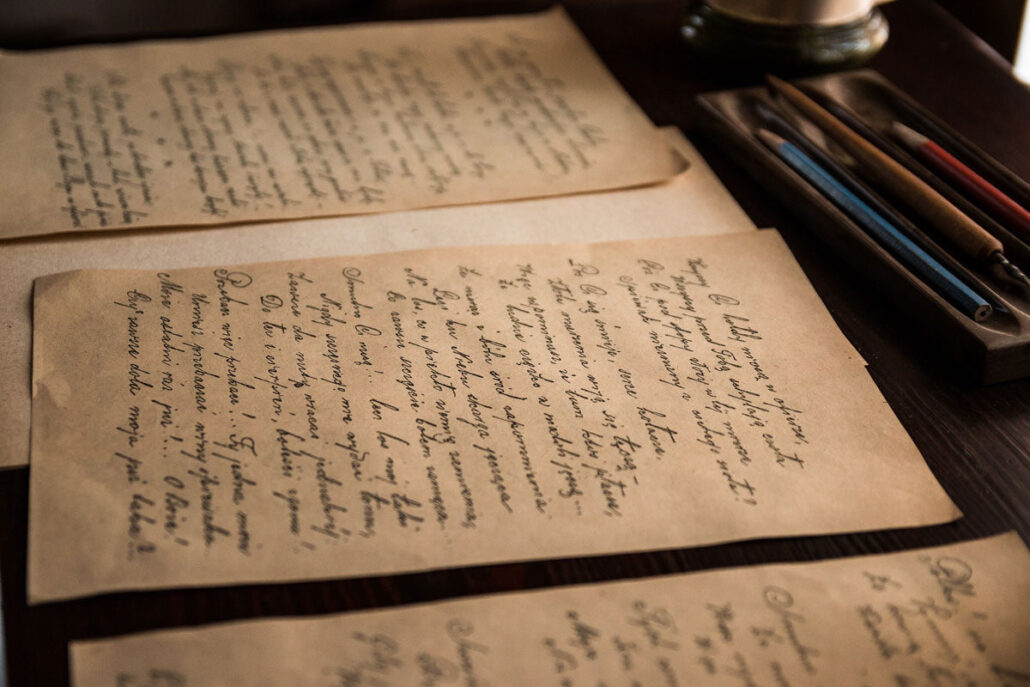
Have you ever seen a copy of the Declaration of Independence in an online collection like the one provided by the National Archives? You can click on it, zoom in, and study the document in detail. If the document has been through the optical character recognition process (OCR), you can search the document for keywords or whole phrases. That is the result of digitizing historical documents. However, there are many components that go into the document digitization process depending on the extent to which you would like your historical documents preserved/digitized.


Almost any! Even severely damaged documents are candidates. In fact, a major reason to digitize is to preserve historical materials that might not last much longer in their physical form. Extreme care is used when working with these precious documents because Anderson Archival’s team cares as much about your collection as you do.
A great candidate for digitization is a collection of historical books or periodicals that needs to be searchable. Once digitized, these books become completely searchable, and you’ll be able to find and reference documents much more easily.
The historical document digitization process starts by carefully scanning each page of the document. Resolution, lighting, and accuracy are all important factors for this step. Large format items such as maps and legal documents are placed on specialty flatbed scanners. After scanning, the images are carefully inspected and quality assured.
Quick scanning companies shove documents through machines at a high rate and are liable to overlook pages that are stuck together, torn, or missing from the collection. That’s our differentiator. Every single page scanned by Anderson Archival is quality assured by multiple, trained archivists. Our team of professionals makes sure not one page was skipped and that each scan is up to our—and your—expectations and requirements as a living digital copy of the original.